Automatic Level and Flow Control Module
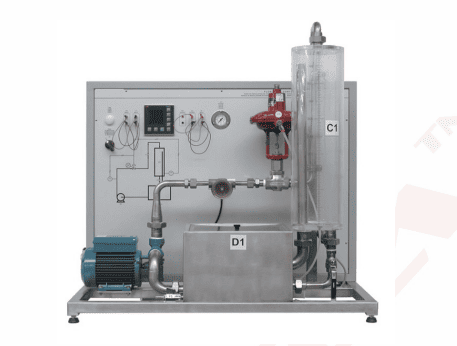
Order Code: 25268461.5
Category: General Lab Equipment V
Key Features and Components Closed Loop Control System: Storage Tank: Made of AISI 304 stainless steel with a 15-liter capacity, designed to hold the water for circulation. Centrifugal Pump: Provides flow for the syste...
SPECIFICATION
Key Features and Components
-
Closed Loop Control System:
-
Storage Tank: Made of AISI 304 stainless steel with a 15-liter capacity, designed to hold the water for circulation.
-
Centrifugal Pump: Provides flow for the system with a maximum flow rate of 2.4 m³/h and a maximum head of 38 meters.
-
Flowmeter: Electronic, with a range of 0 to 25 l/min (0-1500 l/h) for accurately measuring the flow rate.
-
Graduated Tank: A transparent column with an 8-liter capacity to visualize the water level.
-
Level Transmitter: Measures the water level from 0 to 300 mm H2O (50 mbar), providing feedback for control.
-
Pneumatic Control Valve: The control element that modulates the flow based on the PID controller's output.
-
Manual Valve: Allows the operator to introduce disturbances or noise into the system by adjusting the drain pipe of the level tank.
-
-
Control and Measurement Instruments:
-
PID Controller: An electronic microprocessor-based controller that utilizes proportional, integral, and derivative control methods. The controller has:
-
A 4-line Liquid Crystal Display (LCD) to show control settings and data.
-
A serial card to interface with data acquisition software for real-time monitoring.
-
-
Pressure Gauge: Measures the output signal from the I/P (Current-to-Pressure) converter, providing additional control data.
-
SCADA Software: A data-acquisition and control software for Windows that allows monitoring and adjusting system parameters from a PC via the serial connection.
-
-
Materials and Construction:
-
Stainless Steel Components: Piping and valves are made of AISI 304 stainless steel, ensuring durability and resistance to corrosion.
-
Transparent Tank: Allows for easy observation of the water level changes in the graduated tank.
-
Experimentation and Learning Objectives
The Automatic Level and Flow Control Module allows the execution of several experiments focusing on control strategies and system dynamics. The key areas of experimentation include:
-
PID Control:
-
Study of Proportional, Integral, and Derivative control strategies in the context of flow rate and level control.
-
-
Control of Flow Rate:
-
Control of water flow through the system, examining the impact of the PID controller on achieving and maintaining a desired flow rate.
-
-
Control of Level:
-
Control of the water level in the transparent tank, ensuring it stays at a desired setpoint by adjusting the pneumatic valve.
-
-
Cascade Control:
-
A combination of level and flow rate control in cascade mode, where one controller (usually for the flow rate) serves as the master and the other (usually for the level) as the slave.
-
-
Tuning Techniques:
-
Experiment with different PID tuning techniques (such as Ziegler-Nichols or trial-and-error methods) to optimize the system's performance and stability.
-
Technical Specifications
-
Storage Tank: 15L capacity, AISI 304 stainless steel.
-
Centrifugal Pump:
-
Maximum Flow: 2.4 m³/h.
-
Maximum Head: 38 meters.
-
-
Graduated Tank: Transparent column with 8L capacity.
-
Flowmeter:
-
Electronic, 0-25 l/min (0-1500 l/h) range.
-
-
Level Transmitter: 0 to 300 mm H2O (50 mbar).
-
Pneumatic Control Valve: Adjustable for precise control of the flow.
-
PID Controller: Microprocessor-based, featuring LCD display for visual monitoring and serial interface for computer connectivity.
-
Pressure Gauge: For I/P converter output measurement.
-
Piping and Valves: AISI 304 stainless steel, ensuring durability and resistance to corrosion.
Additional Features and Software
-
Control and Data Acquisition Software: SCADA software for monitoring and controlling the system via a connected PC, offering real-time feedback and allowing for more advanced data analysis and experimentation.
-
Manual Valve: Introduces disturbances to test the system's response to changes in the load or other environmental factors.
Summary of Use and Learning Goals
This module provides a hands-on learning platform for students or professionals to gain practical experience with control systems, specifically focusing on flow rate and level control. Through experiments using PID control, cascade control, and controller tuning, users can develop a deeper understanding of the dynamic behavior of fluid systems. The integrated SCADA software adds a modern, real-time aspect to the learning experience, making it a valuable tool for control systems education or process engineering applications.
By using this system, learners can:
-
Study the effects of various PID tuning strategies.
-
Investigate the interaction between flow rate and level control.
-
Develop a practical understanding of how PID controllers are applied in real-world process control systems.
This makes it an ideal tool for educational purposes in universities or technical training centers focused on automation, process control, and fluid dynamics.

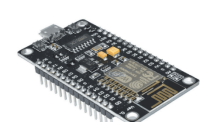
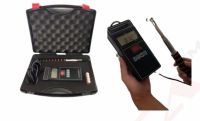

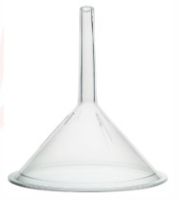
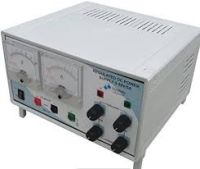
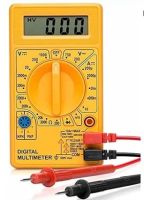
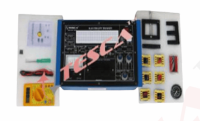
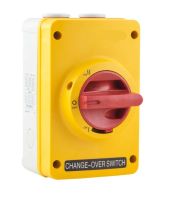


 91-9829132777
91-9829132777